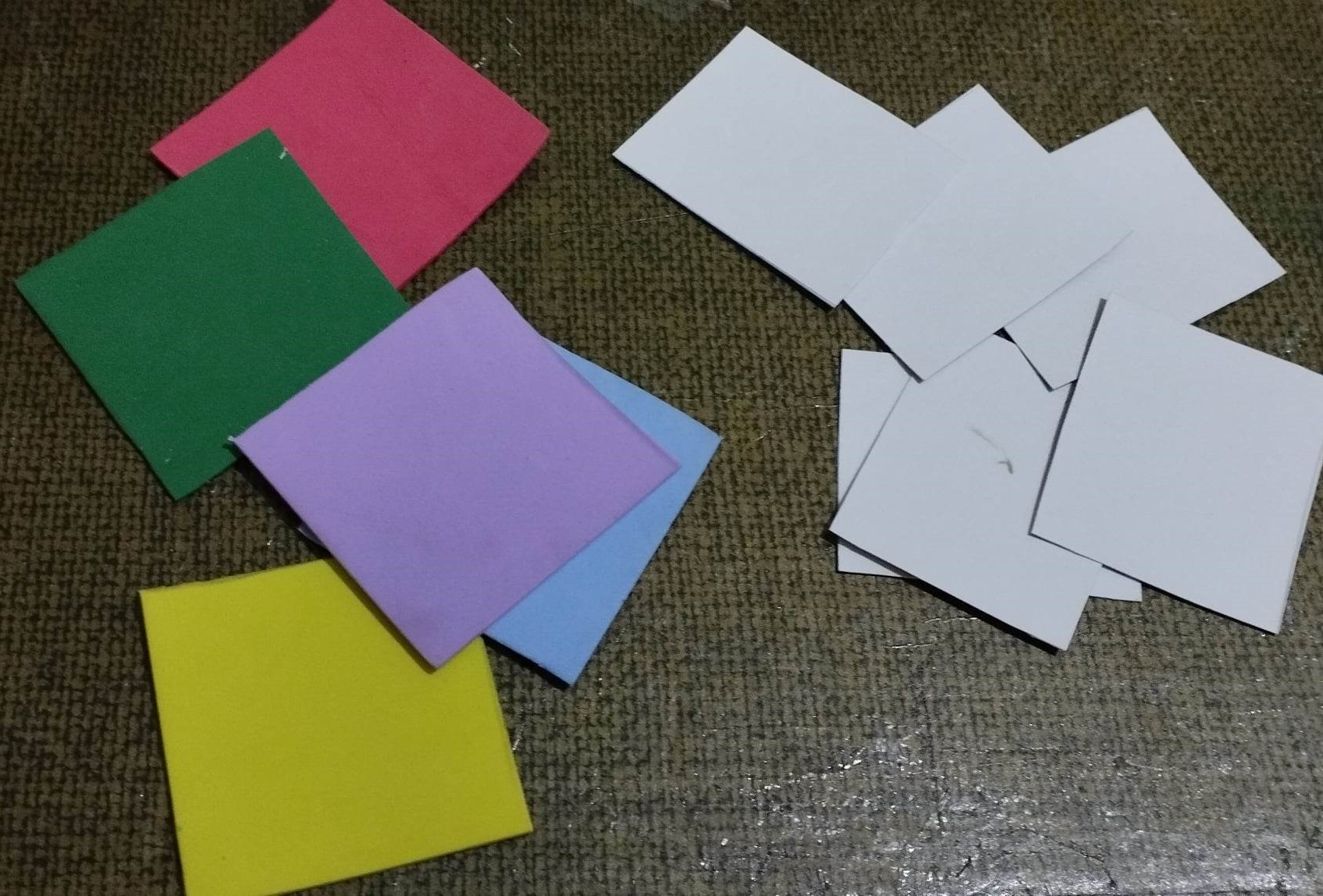The use of scissors by young children is often difficult. Although to master the use of scissors only the index finger, middle finger and thumb must be used, the child does not master this skill easily until the age of 6, even though he starts using scissors at the age of three.
El uso de tijeras por los niños pequeños a menudo es difícil. Aunque para dominar el uso de las tijeras solo debe usar los dedos índice, medio y pulgar, al niño no se le hace fácil dominar esta habilidad sino a partir de los 6 años apesar de que comienza a usar tijeras a los tres años.

There are many interesting ideas for developing the child's fine motor skills and bilateral coordination that should be put into practice before starting to use scissors.
- Let the child move buckets or other objects with kitchen tongs.
- Fill the pipette with paint and ask the child to draw a picture by taking the paint out of the pipette little by little.
- Ask the child to make holes in the cardboard, it strengthens the hand muscles.
- Let your child play with finger puppets. This is an excellent way to learn to use the fingers separately.
- Encourages the child to cut paper with his hands. It helps develop skills and dexterity.
- Placing clothespins on the edge of a paper or plastic plate is a good way to develop two-way coordination.
Hay muchas ideas interesantes para desarrollar la motricidad fina y la coordinación bilateral del niño que conviene poner en práctica antes de empezar con a usar las tijeras.
- Deje que el niño mueva cubos u otros objetos con pinzas de cocina.
- Llena la pipeta de pintura y pídele que haga un dibujo sacando la pintura de la pipeta poco a poco.
- Pide al niño que haga agujeros en la cartulina, fortalece los músculos de la mano.
- Deja que tu hijo juegue con títeres de dedo. Es una forma excelente de aprender a utilizar los dedos por separado.
- incentiva al noiño a cortar el papel con las manos. Ayuda a desarrollar habilidades y destreza.
- Colocar pinzas para la ropa en el borde de un plato de papel o plástico es una buena forma de desarrollar la coordinación bidireccional.
How to teach a preschooler to use scissors.
There are many simple activities to develop fine motor skills that will be very useful for your child to master the art of using scissors. Here I show you one that I found very practical and simple, and I am sure that your child will like it very much. You need few materials and very inexpensive because it consists of some recycled boxes and a piece of foami, in addition to this you will need a marker and a scissors.
Cómo enseñar a un niño en edad preescolar a usar tijeras.
Existen muchas actividades sencillas para desarrollar las habilidades motoras finas que le seran muy útiles a su hijo para dominar el arte del uso de tijeras. Aquí les muestro una que me parecio muy practica y sencilla, además estoy segura que a tu hijo le gustará mucho. Necesitas pocos materiales y muy económicos porque consta de algunas cajas recicladas y trozo de foami, adicional a esto necesitaras un marcador y una tijera.

- The first thing you have to do is to cut out 5 rectangles of 5 x 6cm. in cardboard and 5 rectangles in foami of 6 x 7cm.
- Lo primero que tiene que hacer es recortar 5 rectangulos de 5 x 6cm. en catón o cartulina y 5 rectangulos en foami de 6x 7cm.

- Then on the white rectangles you draw some funny gestures and on the foamis draw different types of lines (straight, horizontal, vertical and oblique...).
- Seguidamente en los rectangulos blancos dibujas algunos gestos graciosos y el los foamis trazar diferentes tipos de líneas (rectas, horizontales, verticales y oblicuas...)


- Then fix the foamis on the cardboard with glue and let dry very well.
- A continuación, fija los foamis sobre el cartón con pegamento y deja secar muy bien.

That's it, and the children can practice while having fun at the same time.
Eso es todo, y los niños pueden practicar mientras se divierten al mismo tiempo.

